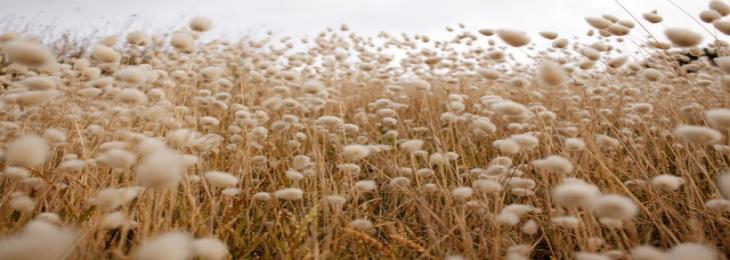
Scientists have been occupied with the supposed superamphiphobic coatings which can bestow general cotton with oil and water-repelling capabilities.
Cotton has several appealing characteristics including a clothing fabric, providing great insulation, breathability, and unquestionably comfort. A team of scientists from Wuhan University of Technology, in China has developed a new coating for daily cotton which broadens its set of beneficial traits, allowing the repulsion of water and oil with ease, where it most impressively, floats even after bearing loads several times its individual weight.
Although, cotton is the popular fabric for various reasons, the one thing that cotton cannot offer is the ability of repelling oils and water, meaning it just absorbs them up, which therefore is quite prone to stains. Scientists have been occupied with the supposed superamphiphobic coatings which can bestow general cotton with oil and water-repelling capabilities, with similar success. However the approaches are tough, time-consuming, involving many steps, which means they aren't currently viable for manufacturing on a large-scale.
Amongst material scientists playing in this region is the team at Wuhan University of Technology in China, who have designed a relatively simple "one-pot" technique of coating that involves only one single step. Scientists combine dopamine hydrochloride along with a molecule pair together with the portion of cotton for 1 day. This leads to chemical reaction which sees these ingredients bind together forming a dark brown, uniform coating upon the fabric.
Remarkably, this technique was even initiated to create the nanoscale air pockets at a point where this coating attached with the fabric, enabling cotton for floating in water also when bearing over 35x its individual weight, and 27x its weight when floating on oil. These attributes expose up some exciting possibilities revolving functional fabrics which could find applications in buoyant clothes for swimming that are potentially just as comfy as the regular ones, along with repelling water. This study was published within the ACS Applied Materials & Interfaces journal.






